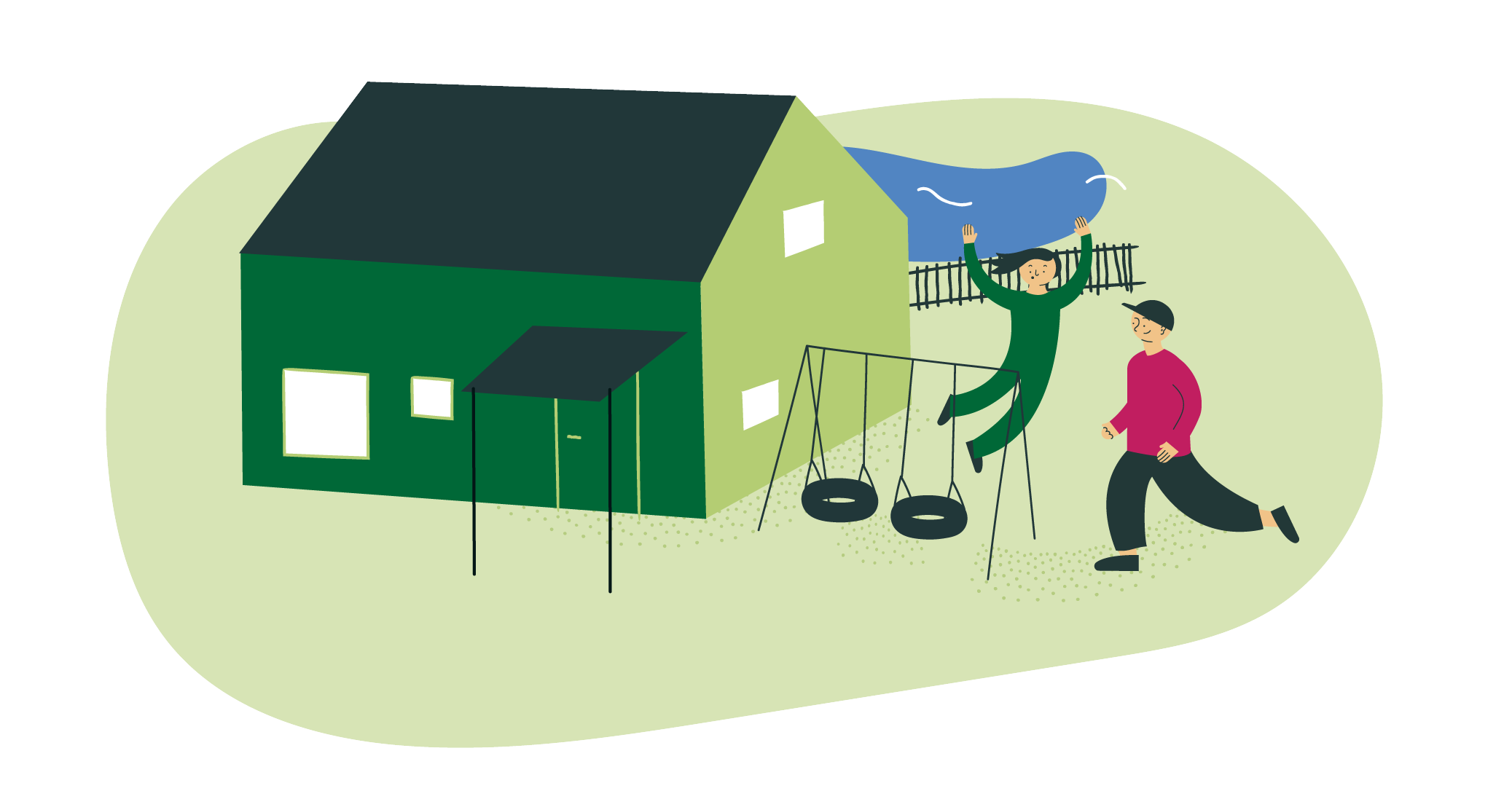Preschools
Staff and children in a pre-school environment risk exposure to infections. In addition to the getting sick themselves, they could also spread of infections to friends and family and the rest of society. This also drives antibiotic use.
 Strengthening hygiene routines in pre-schools can prevent infections and reduce the need for antibiotic treatment. In turn, children and staff can be healthier.
Strengthening hygiene routines in pre-schools can prevent infections and reduce the need for antibiotic treatment. In turn, children and staff can be healthier.
Preschools engaged in Antibiotic Smart Sweden are aspiring to become a “Healthier preschool”. There are currently eight criteria for preschools. More than 35 preschools have been involved in piloting the criteria with support from regional infection control units.
Example of criteria for preschools:
Organisation and collaboration
- External collaboration: The preschool leadership has established contact with other organisations to collaborate and get support for infection prevention efforts at the preschool.
- Internal organisation: The preschool has appointed a representative to support in the work to implement and follow-up infection prevention routines.
Routines and working methods
- The preschool has documented their current work on hygiene routines and identified needs for improvement or actions
Education and professional development
- Staff: The preschool staff are trained in basic hygiene, infections and infection prevention. There is a plan for how staff can get training regularly based on need.
- Children: The preschool has had educational activities for the children about health and hygiene.